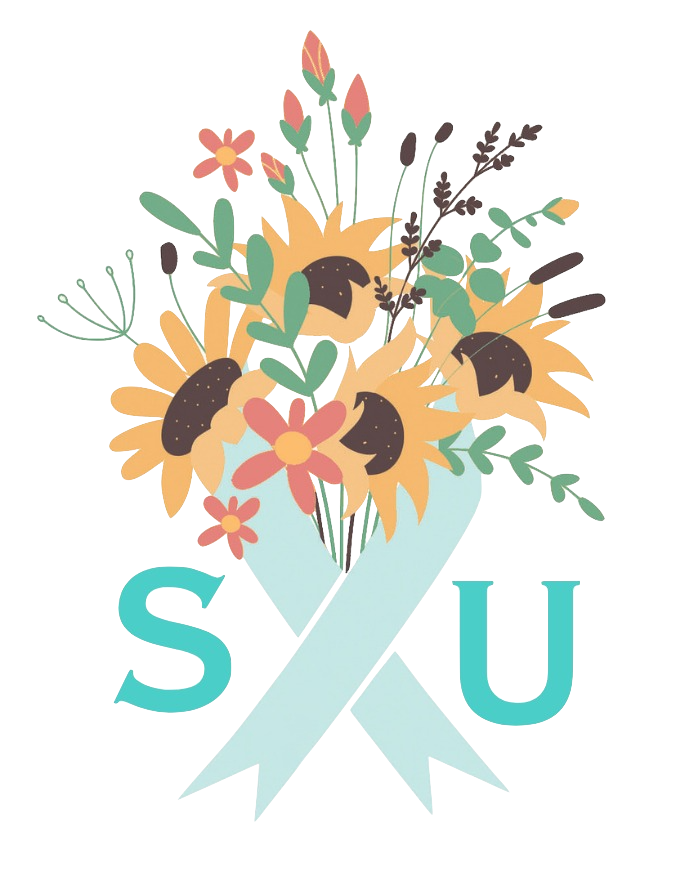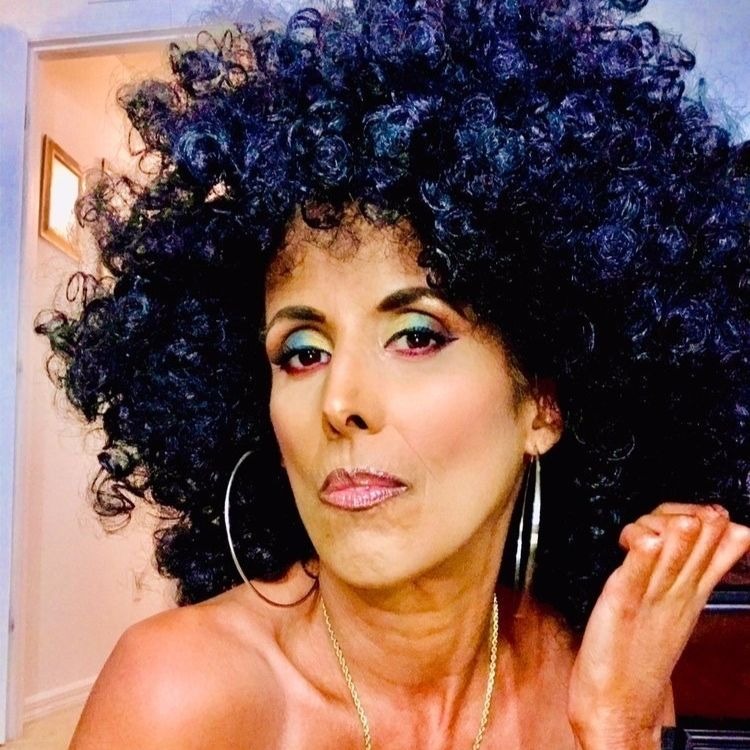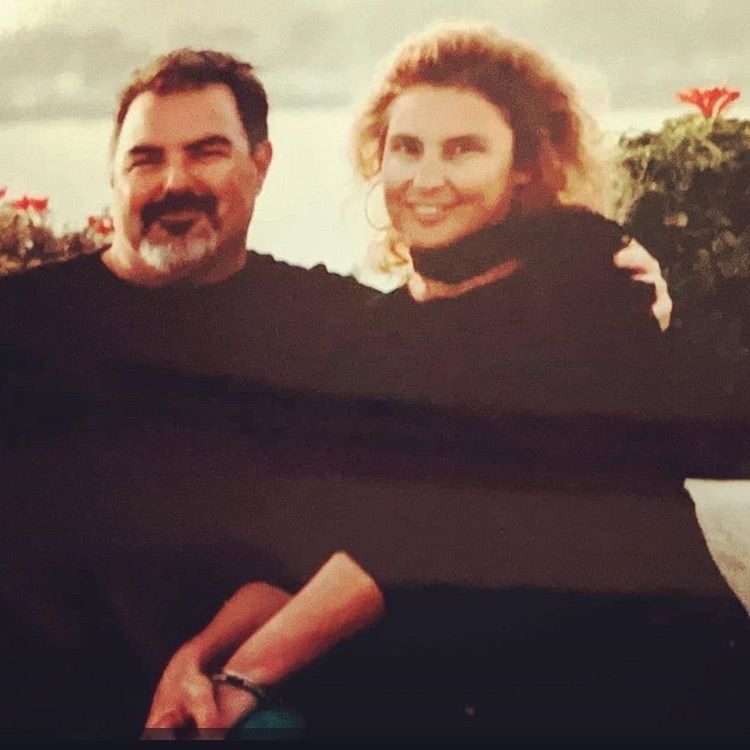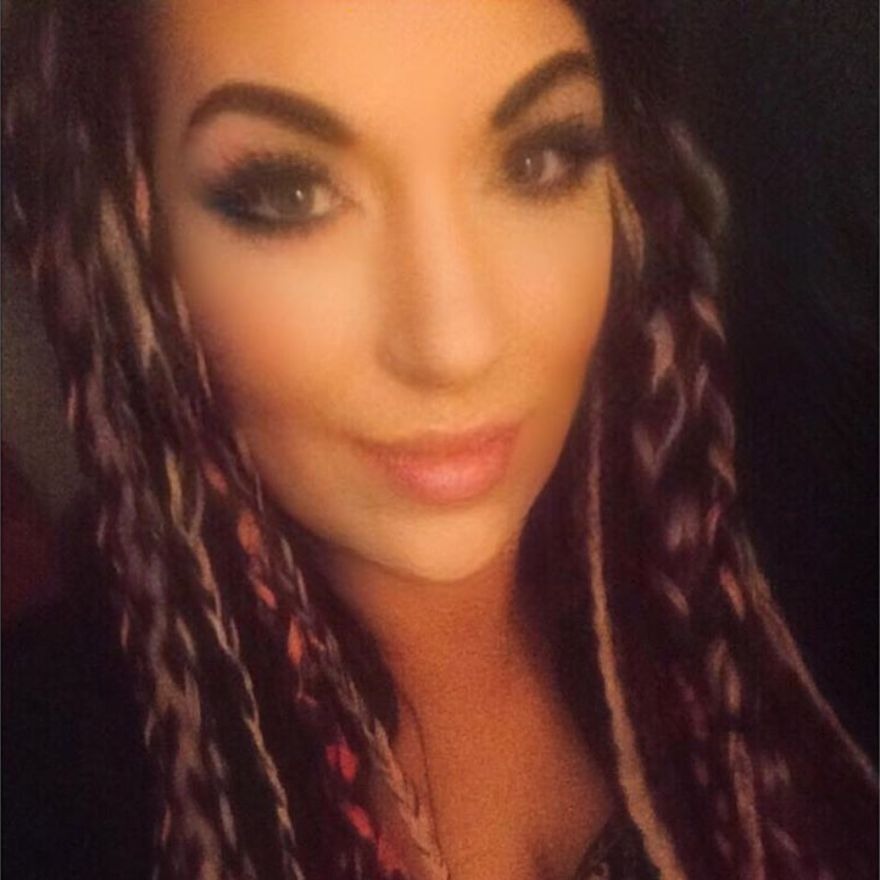Antonio, Texas (United States)
JOVANA PLACIDO
Scleroderma Stories Issue 1
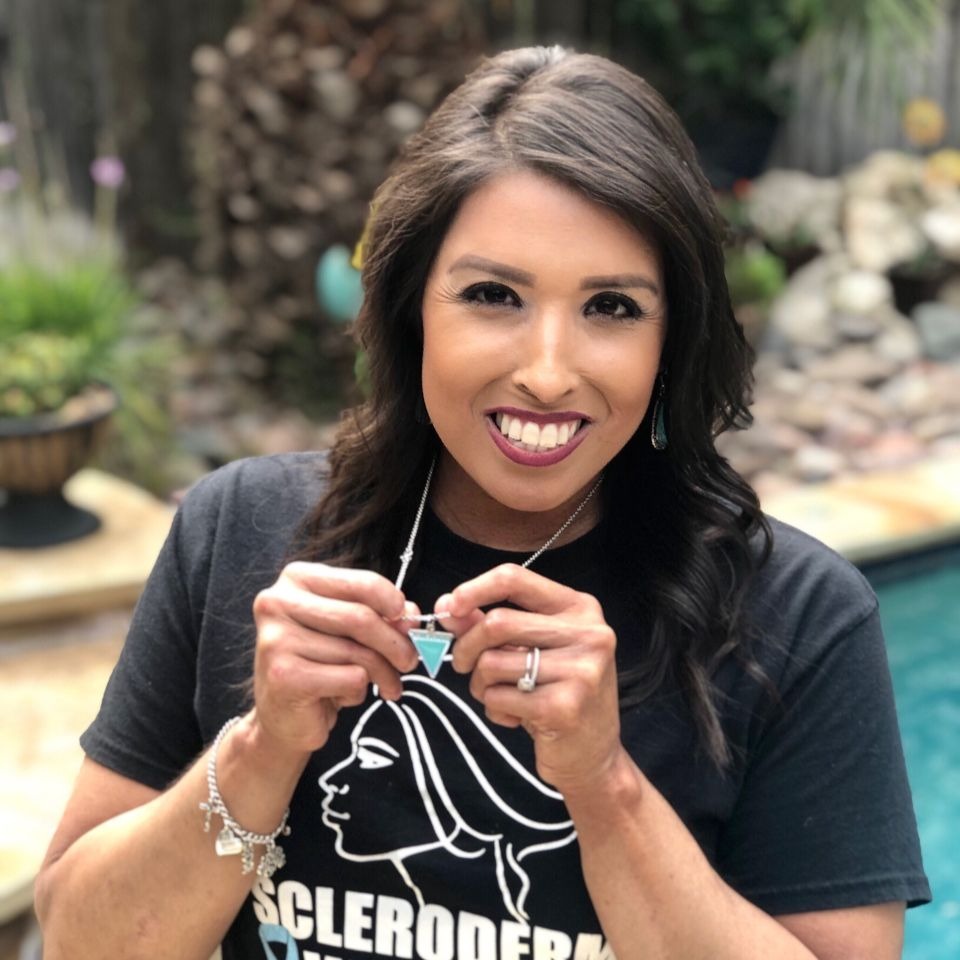
Could you please tell us a little about yourself?
I am 36 years old, and I was diagnosed with scleroderma in 1997 at the age of 14. My pulmonary involvement started at the age of 17, and it has been quite a journey.
I am a huge advocate for the scleroderma community. My hobbies include decorating and coordinating events and fundraisers. I have also traveled to several different places to share my story with others. I truly enjoy spreading awareness, because it is so important. If I can talk to at least one person a day about this disease, then I’ve done my job. Everyone needs to know about the signs and symptoms and be aware.
I was born and raised in San Antonio, Texas, in which I still reside. I am a wife and mother to two amazing boys. My family has been such a huge supporter of my journey. In our culture, family gets involved in everything, and they have always been so involved with my awareness efforts. I’m so blessed to have them, and they are a huge reason why I don’t give up.
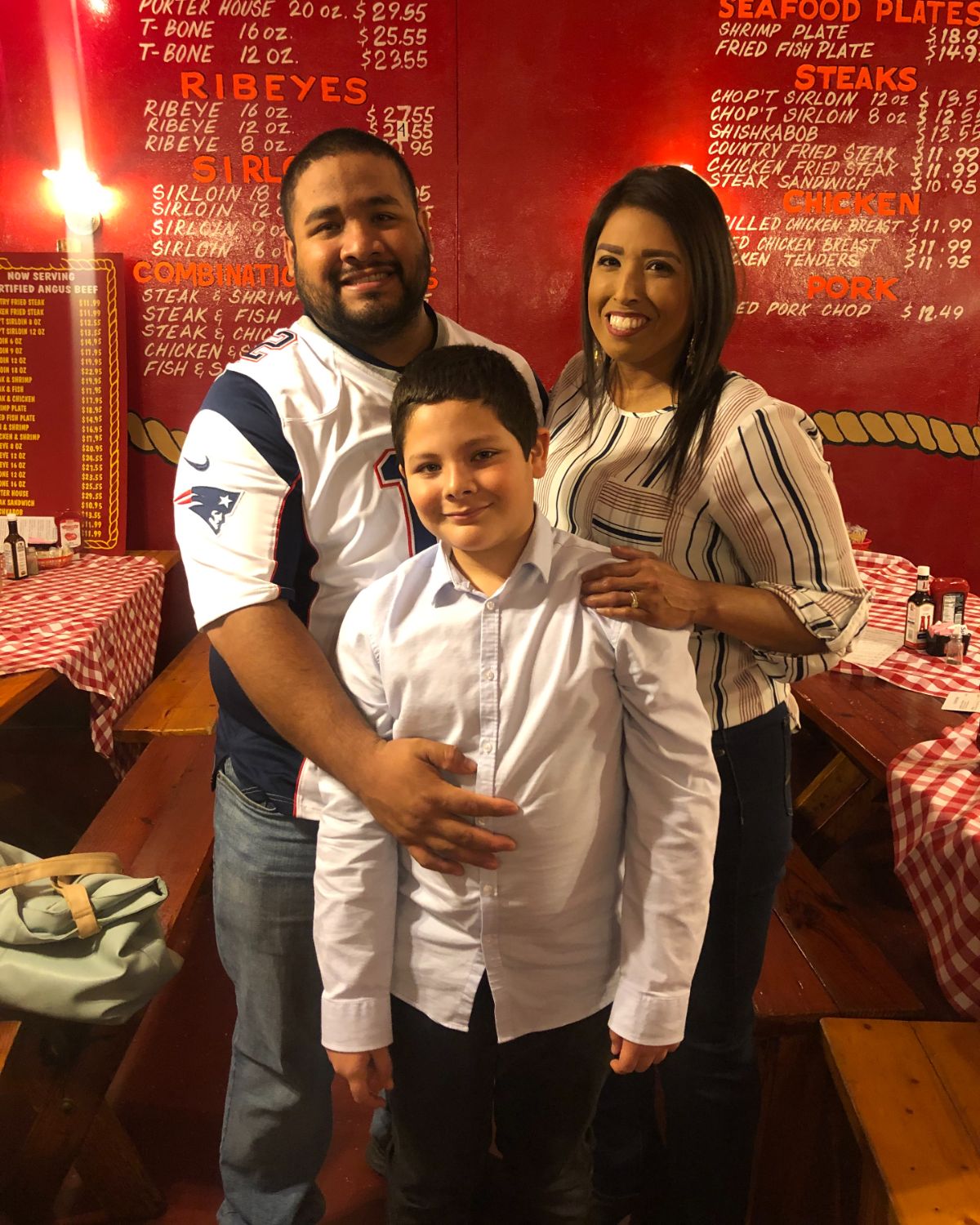
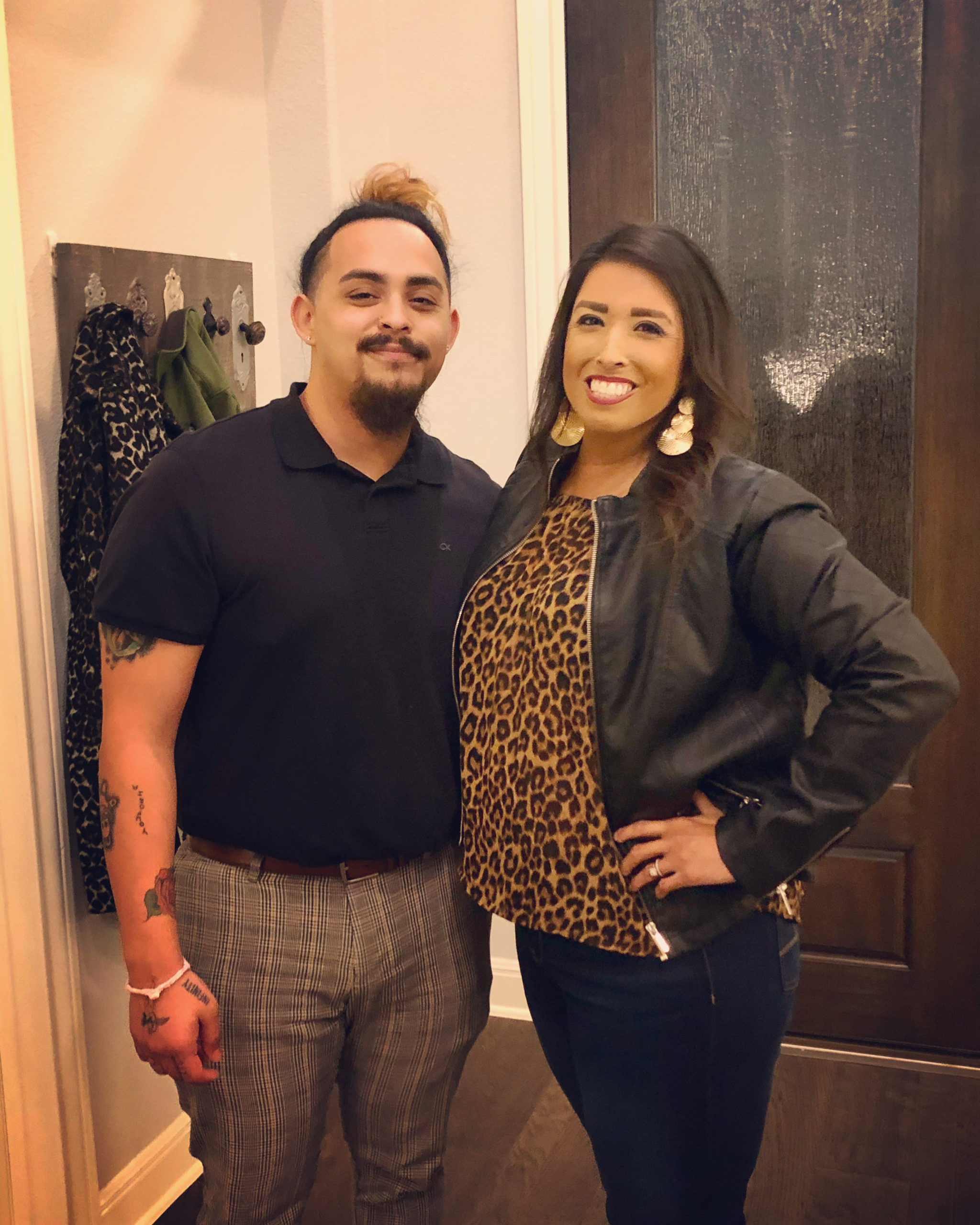
What led you to take such an active role in spreading awareness?
I decided to take an active role in 2008 after my life-saving stem-cell transplant. The treatment really saved my life, and I felt I needed to do more with my second chance at life.
I have been nonstop ever since. I have made so many amazing connections and have shared my story with so many people.
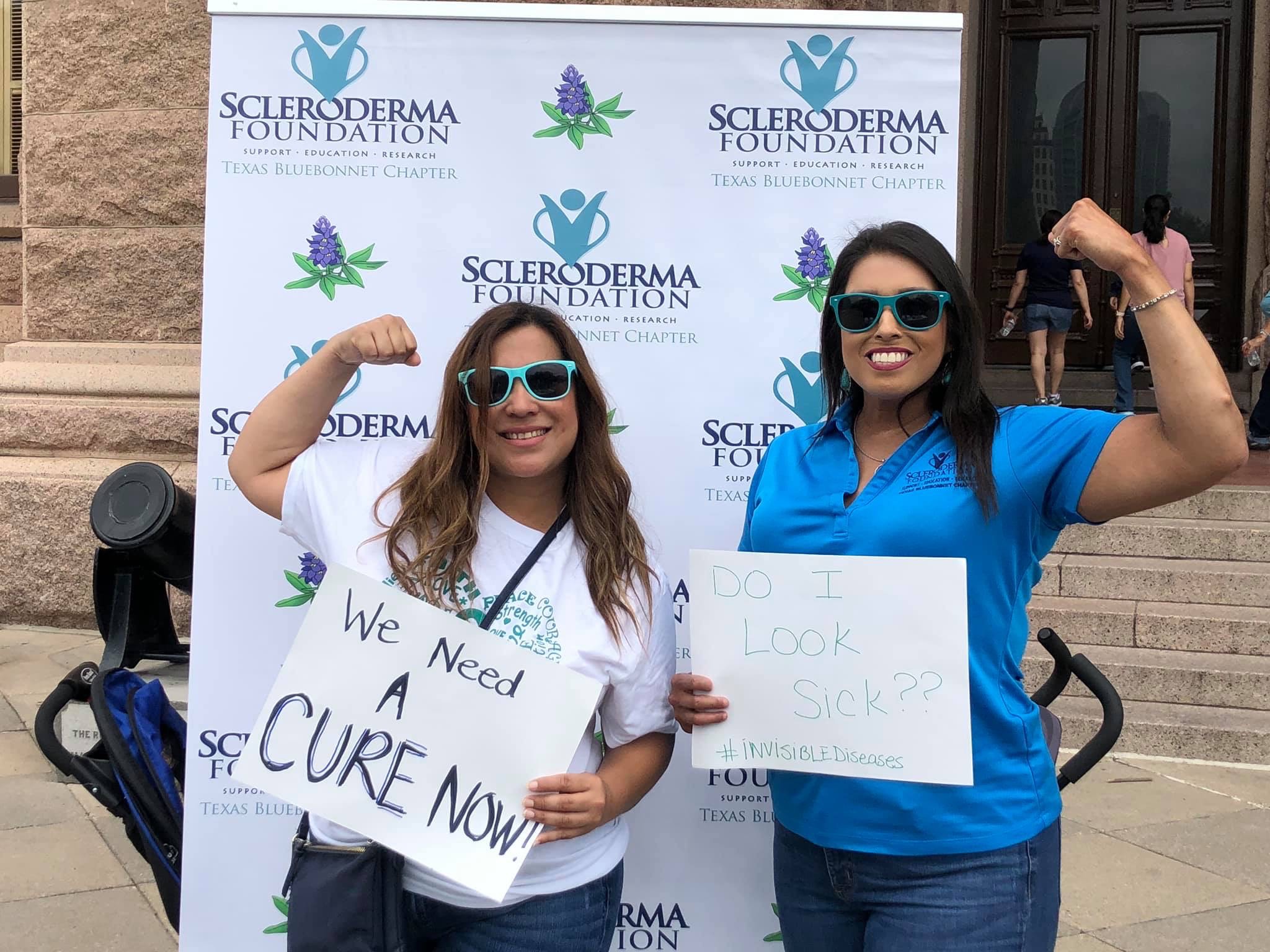
Could you please share what led to your diagnosis?
I was just 12 years old when my symptoms started. I played softball, and I was a great pitcher! My hands were beginning to feel stiff and painful, and they were swollen. My skin was tightening, and what I now know was Raynaud’s was horrible for me. I couldn’t grasp the ball to throw, and I couldn’t tolerate being outdoors. Due to my joint pain and fatigue, I wasn’t physically able to keep up with my teammates.
What effect did scleroderma have on your childhood?
It had great effects on my childhood! I couldn’t play the sports I loved. I missed a lot of school, and my teachers didn’t really understand.
My friends didn’t understand either, but there were two friends who absolutely became so supportive and never judged. They were really there for me. In fact, I’m still friends with them to this day.
I didn’t get to do much of what other children did because I mostly stayed indoors and was too tired to enjoy anything. When my hands became affected, I knew I would never be able to play sports again.
How have you made changes to your lifestyle or mindset?
I’ve had to adjust to so many things in my life! If it’s too cold or even too hot, I stay in and preserve myself. That means having to miss out on things with friends and family, and they are all very understanding.
I also had to pay attention to what foods were causing me more harm than good and eliminate those.
This is the tough one, but I’ve had to learn to say no to others when someone needs my help. I am a people-pleaser, and I enjoy helping others in any way. But, it takes a toll on me. So, I don’t always rush to offer my help with weddings, showers, yard work, etc. anymore.
I’ve developed so much patience throughout the years! People ask me how I can still smile and be calm even through my bad days, and I just say “it’s just a bad moment, and tomorrow will be better.” The one-day-at-a-time mindset is so important.
To relieve stress, I love to listen to music, read books, take walks, and take naps.
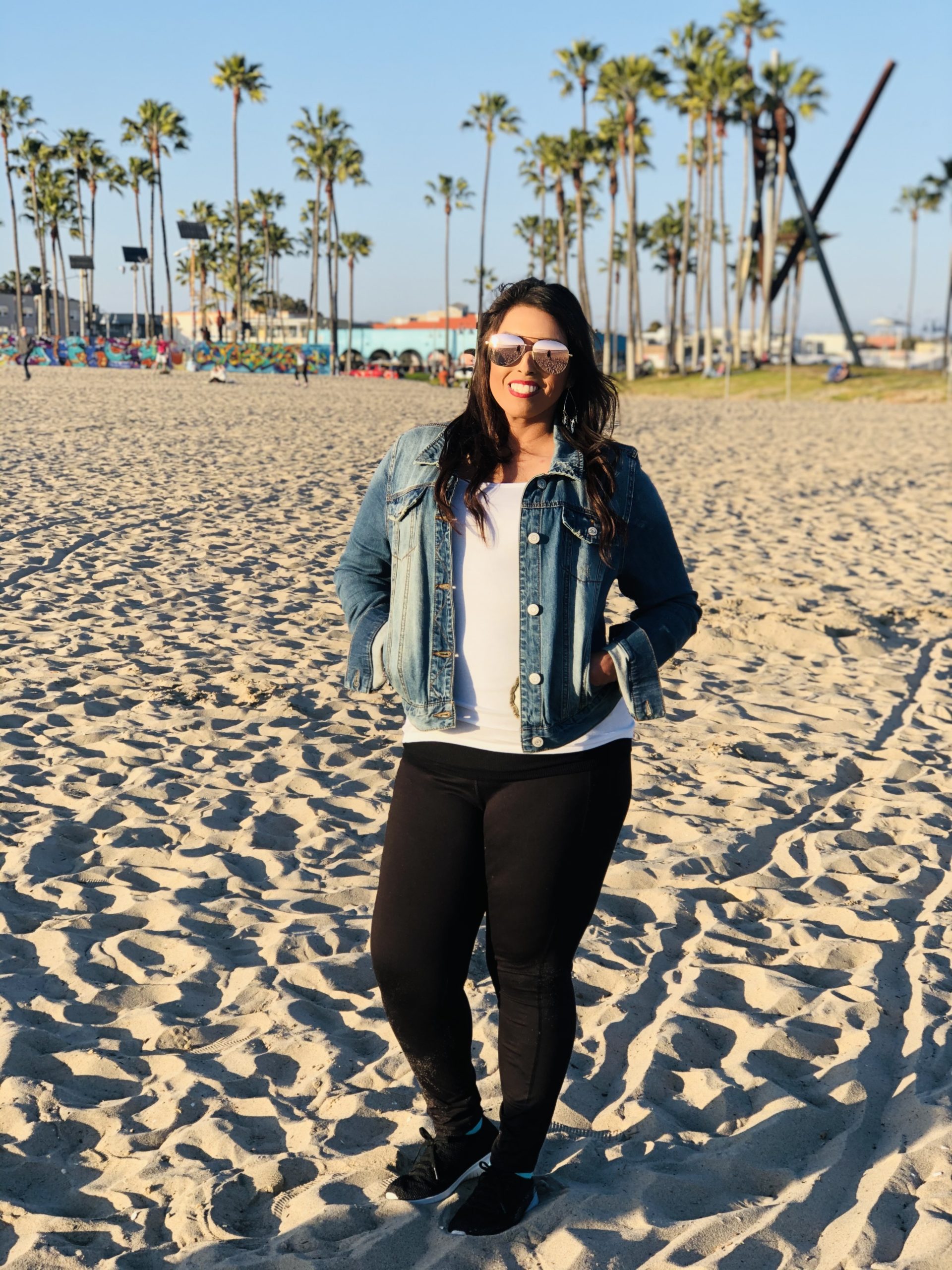
What is the most difficult part of living with scleroderma?
The unpredictable days! I can feel amazing for half the day and then feel like a train hit me for the second half of the day. Not knowing how my days will impact me is so nerve-racking.
I get emotional sometimes because I’m a person who loves to plan ahead and commit to an agenda. Knowing that I don’t have control over that makes me feel down sometimes.
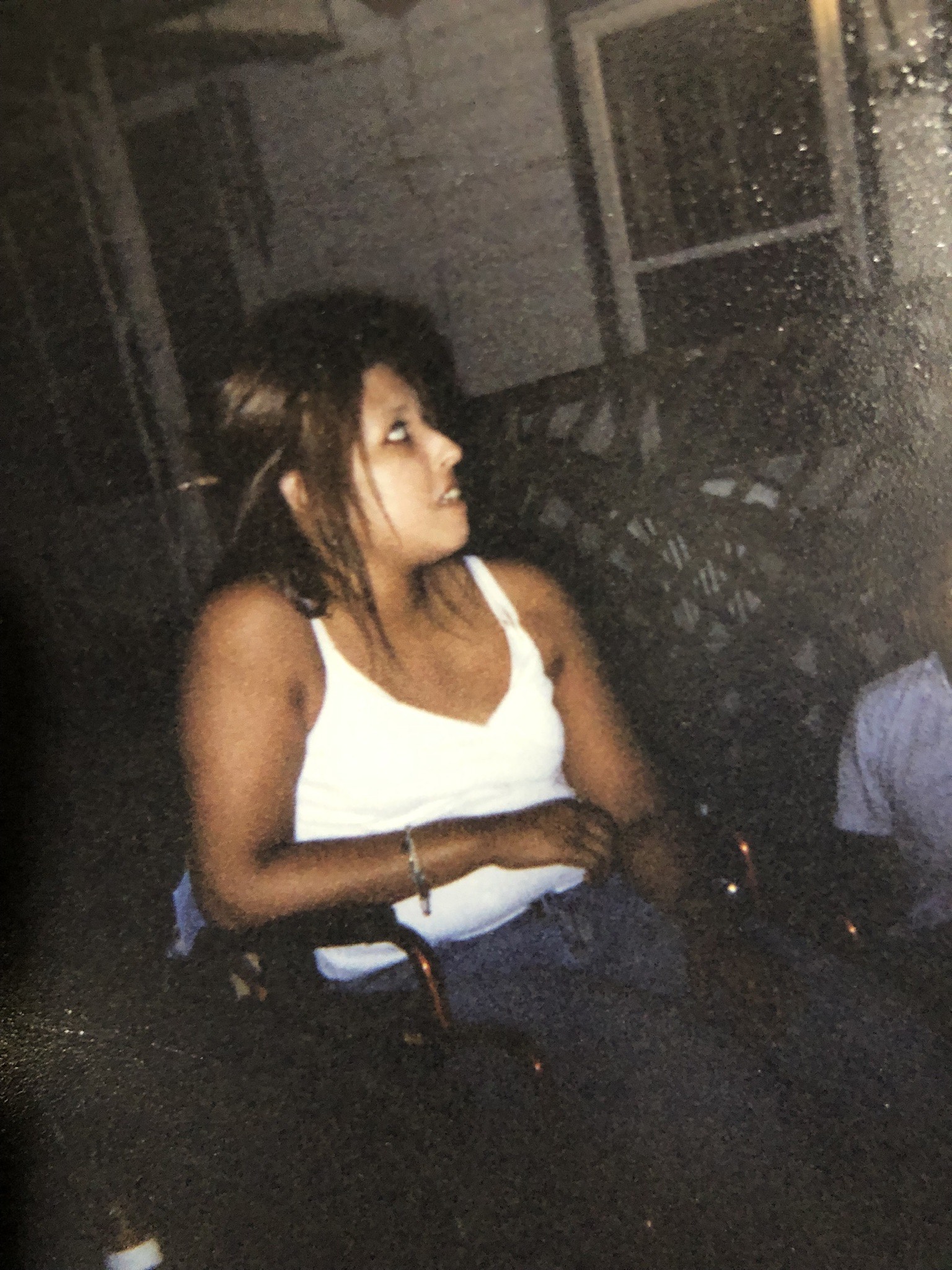
Could you please describe the events leading up to and following your life-saving transplant?
The events leading up to my stem cell transplant were quite scary. I felt like it was a race against time, and I needed to do something fast. In 2006, I started to deteriorate drastically, and it got harder and harder for me to breathe. Being on 24- hour oxygen and in a wheelchair was so hard on me and my family. I didn’t have the energy to do anything – to be a mom and a wife and do the things that I should be doing to manage the household.
Although I didn’t do all the testing for a lung transplant evaluation, my rheumatologist already knew I wouldn’t meet the criteria for a lung transplant, so we didn’t look into that as an option. We found out about stem-cell transplants being done for scleroderma patients in Chicago, and we just knew that was our chance. In May of 2006, I flew to meet Dr. Burt and did several days of testing: tons of blood work, cardiac testing, pulmonary testing, and more. He sent me home to wait for insurance approval.
It took about 6 weeks for the call, but my insurance approved this transplant for me. I immediately started crying and knew the hard part was about to begin. The process was very long, and I needed to talk with my family about taking care of my son and my household while I was gone. We immediately started holding fundraisers and asking for help. It’s hard to be able to buy necessities and pay for room and board in Chicago while you’re still paying for your own house back home. My parents willingly stepped up to care for my then 8-year-old son.
No amount of pain, lack of energy or breath, or chemo side effects will ever match to the pain I felt from having to leave my son behind to go and fight for my life. THAT was the hardest part for me. My son knew I was his superhero, and he knew I was going to be okay.
I arrived home on December 18th, 2007 after being away for almost three months. I was 50 pounds lighter, had lost all my hair, and was still in a wheelchair. I didn’t look the same, but I knew I felt ready – ready to start getting stronger and getting back to a normal life. Or at least try!
Slowly, I was able to consume solid foods again, and I was able to maintain oxygen levels on my own. No more oxygen and no more feeding tube. I was starting to be more mobile because my energy was coming back!
I went back to work six months after the transplant. I needed to start to contribute to feel some sense of normalcy. I met with a lady named Debbie with the foundation who was leading the support group in San Antonio. I started attending meetings and meeting more patients like myself. Debbie needed to step down and take care of her sick mother, so I stepped up to run the group as best as she did. It has been 12 years now, and I’m so excited to serve my state of Texas.
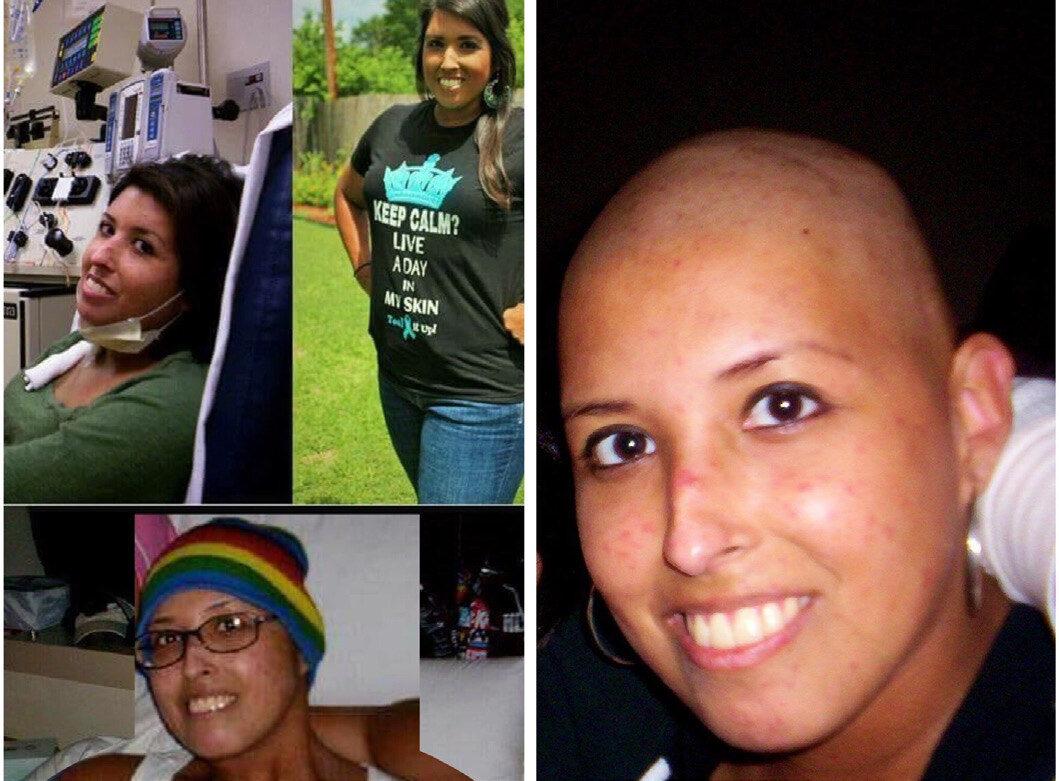
What else did this “second chance at life” change for you?
This second chance at life changed me as a person. I have more compassion towards people, I have more patience with others, I love harder, and I have a passion for helping others.
It has allowed me to see the good in people and to always lend a helping hand. You never know what someone is going through, and you could be the only person who helps them. This new perspective on life is important to me. It’s my way of giving back as a way to say thank you. My faith has really made me strong, and I will never stop doing what I do best.
What advice do you have for those with scleroderma or other chronic illnesses?
My last piece of advice would be to never give up and to always fight. We are given an opportunity daily to do the right thing, be the strongest we can be, and make someone smile. Happiness begins with acceptance, courage, fight, and love.
Be sure to follow us on Instagram and Facebook (@sclerounited) to see more scleroderma warriors’ journeys in our weekly Sclero Sunday series.
Are you a scleroderma warrior? We’d love to interview you for Scleroderma Stories! Please visit tinyurl.com/share-my-sclero-story or email us at contact@sclerounited.us
